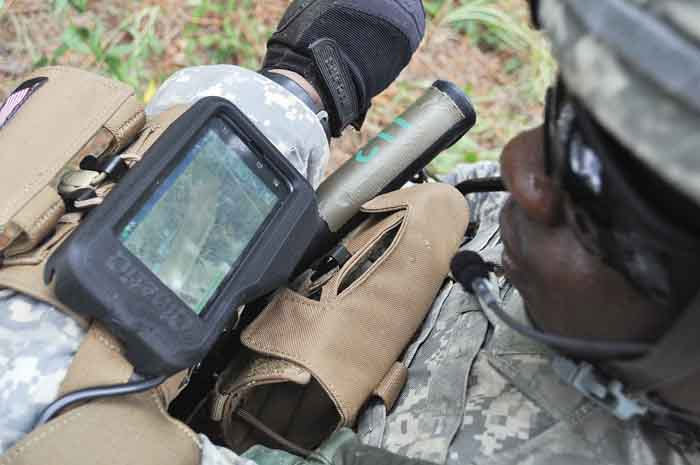US Army Wants Wireless Battery Charging Everywhere

Tomorrow's soldiers may get hands-free helmet displays and mobile computers to track friendly troop locations on the battlefield — but they still need to recharge the batteries. The U.S. Army wants to make charging similarly hands-free by putting cordless charging stations in every military vehicle, aircraft and base.
The Army's first step toward turning the dream of wireless charging everywhere into reality would test a charging station inside an armored infantry carrier to "trickle charge" soldiers' gadgets at a distance of two feet. Success on the battlefield could eventually lead to many more civilian charging stations for cellphones, tablets and laptops on the home front.
"This technology will replace cables and standardize on one interface, potentially being able to adjust power settings to charge different types of batteries," according to the Army's solicitation for the small-business innovation research program on April 25. "Eventually, it will be embedded in commercial electronic devices, eliminating the need for an adapter."
The Army's test would involve the Nett Warrior program — a trial system that has a computer, radio, display and other components used to help track fellow squad members. Such soldier-worn gadgets would need about 10 watts per soldier to charge up the Nett Warrior battery carried by each of nine soldiers riding inside a vehicle.
Having a wireless charging station means soldiers would not need to take out their gadgets and fumble with charging cords. They also would also save on both space and weight by not needing to carry extra batteries during long slogs out on foot patrol — a pain even if tomorrow's soldiers have a robotic mule to help share the load.
Existing wireless chargers mostly require users to lay their smartphones or tablets flat on a pad. But efforts such as the Army's new plan and a private project to create wireless charging for electric cars could someday free both soldiers and civilians from having to untangle power cords ever again.
This story was provided by InnovationNewsDaily, a sister site to LiveScience. Follow InnovationNewsDaily on Twitter News_Innovation, or on Facebook.
Get the world’s most fascinating discoveries delivered straight to your inbox.




